Intro
Contents
The Innuos Phoenix USB reclocker is here. Avid computer audiophiles are well aware of the sonic gains of having USB conditioning. If you’d like an introduction behind using USB reclockers in your digital playback system, check out my review of the SOtM tX-USBultra here. In short, the goal of a USB reclocker is to provide a clean and well-timed signal to the DAC from the server. The improvements are usually in soundstage, detail, solidity, and tonality.
Innuos reached out and asked if I’d be interested in hearing their new Phoenix USB reclocker. As an owner of one of the very few Innuos ZENith SE Mk.2 servers, an exploration in this pairing made sense. The Phoenix USB reclocker will supposedly bring my system closer to their flagship Innuos ZENith Statement – and essentially extend the life of my product.
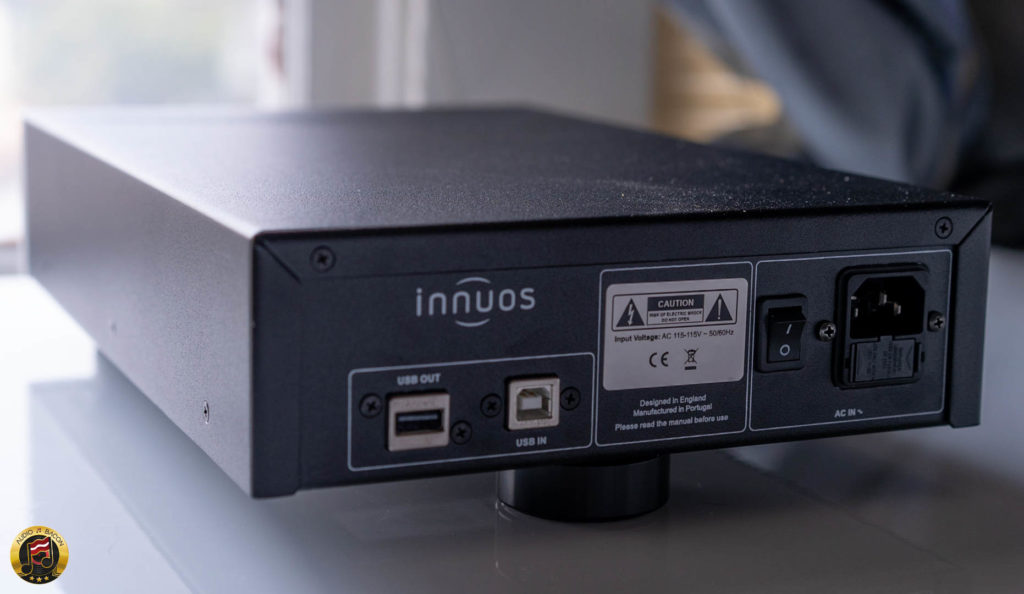
High-end USB conditioning usually requires more space, a slew of cables, oddly shaped boxes, and precious outlets. On top of the gear spaghetti, the combined costs of all these components can get very expensive. Some setups will cost more than $8,000 USD just for correcting the USB signal! Well, Innuos had a better idea. They decided to put all the components in a single box – and for only $3,149. You’ll also get the benefit of the shorter signal paths (no extra external cabling), linear power supplies, and much more.

Design
The PhoenixUSB offers an all-in-one unit the equivalent of three separate components: A USB regenerator, a linear power supply, and an external master clock with its own linear power supply. Innuos applied 3 main design approaches learning from their experience with the Innuos flagship music server, the STATEMENT:
1. The USB chip regenerating the signal contains no switching regulators. All 3 independent voltages to the chip originate from an independent linear power supply with further regulation provided by 3 sets of LT3045 regulators.
2. The use of a 3ppb OCXO clock running directly at 24MHz and connected via a board track just a couple of inches away from the USB chip. Therefore, no precision is lost within cables and connectors, as is the case when using an external master 10MHz clock with an additional 24MHz clock generator.
3. Two independent Statement-level linear power supplies, one dedicated to the OCXO clock and the other used for powering the USB chip/5V USB line.

I’ll be covering impressions of the Innuos Phoenix with stock and aftermarket USB and power cables.

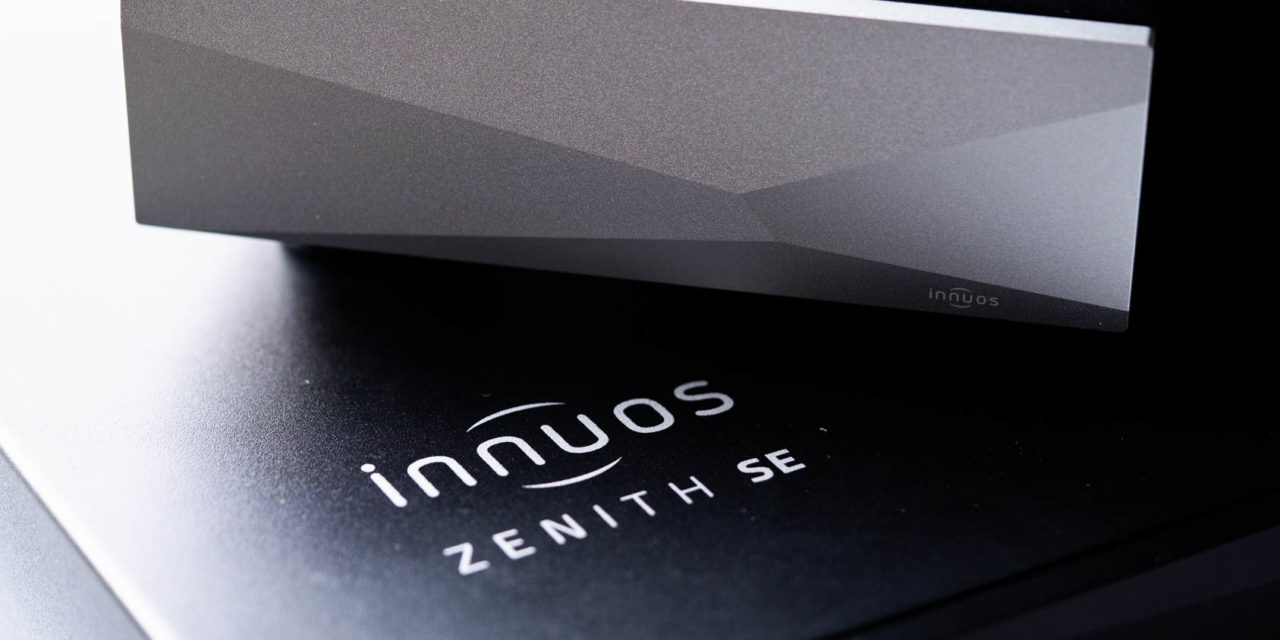


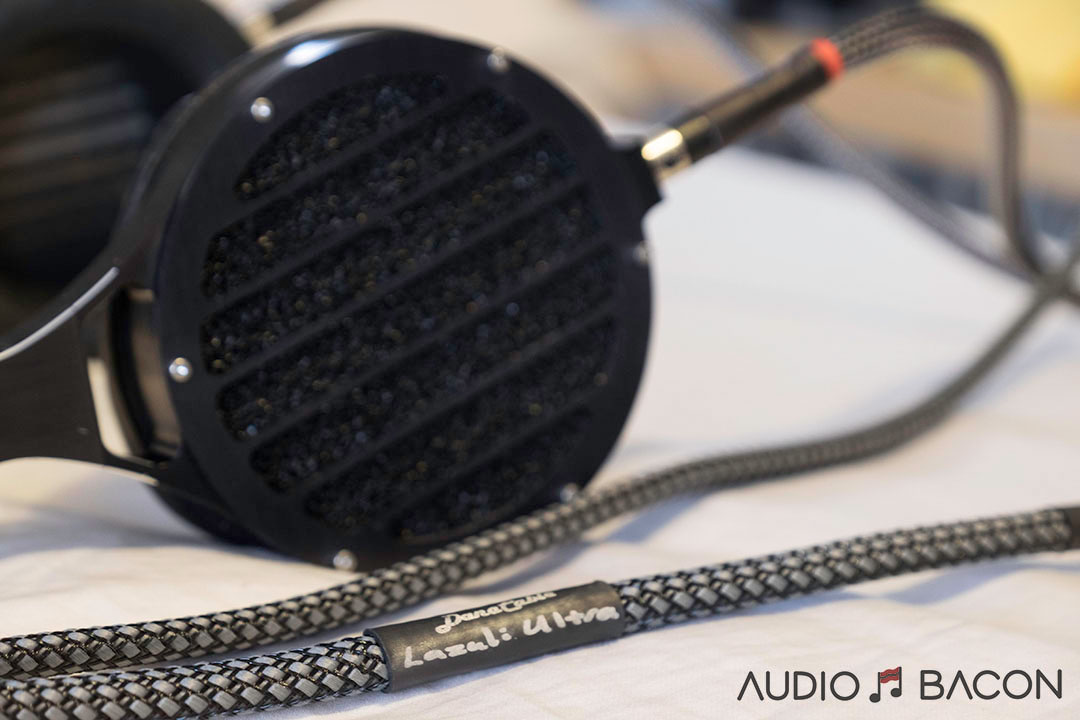
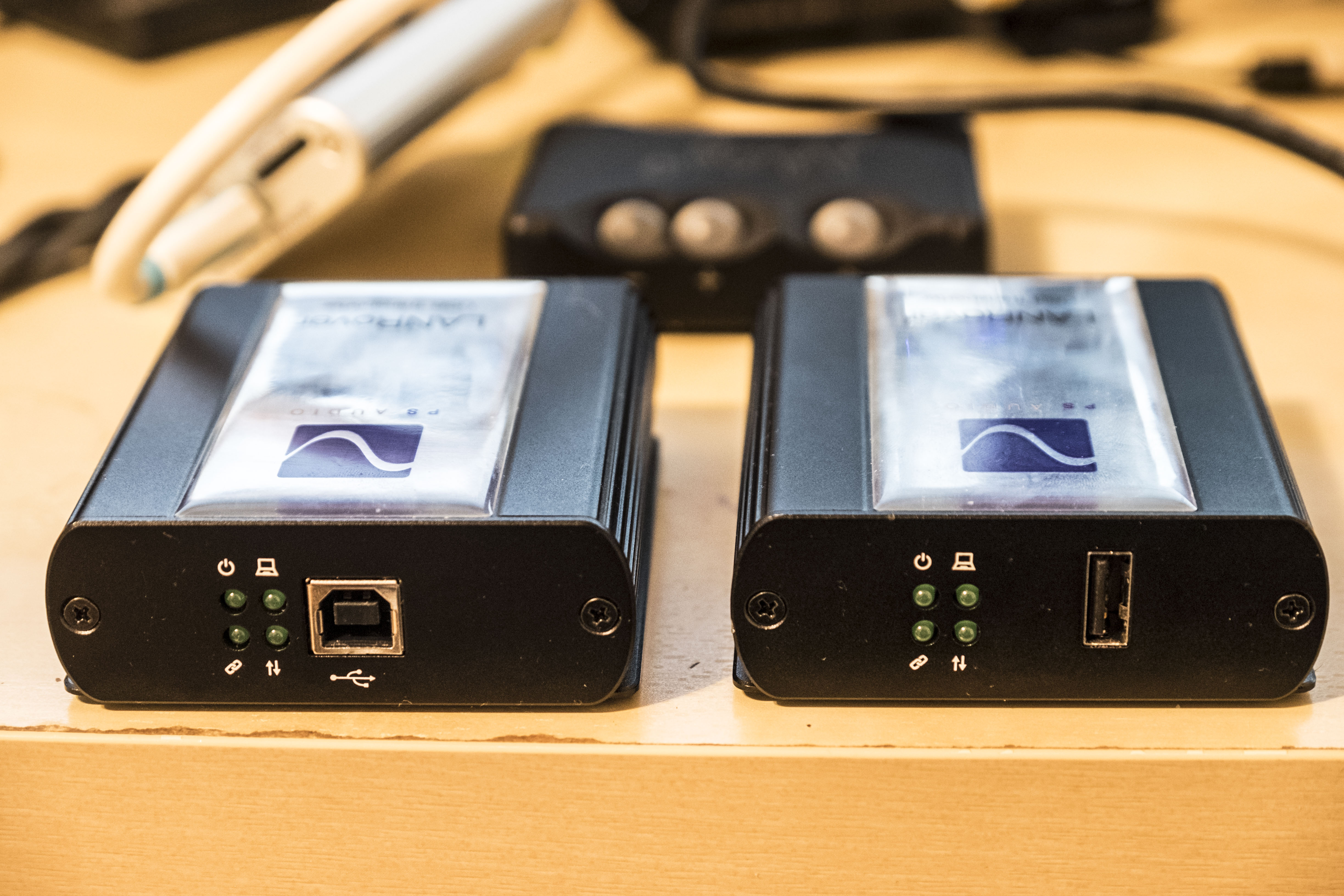
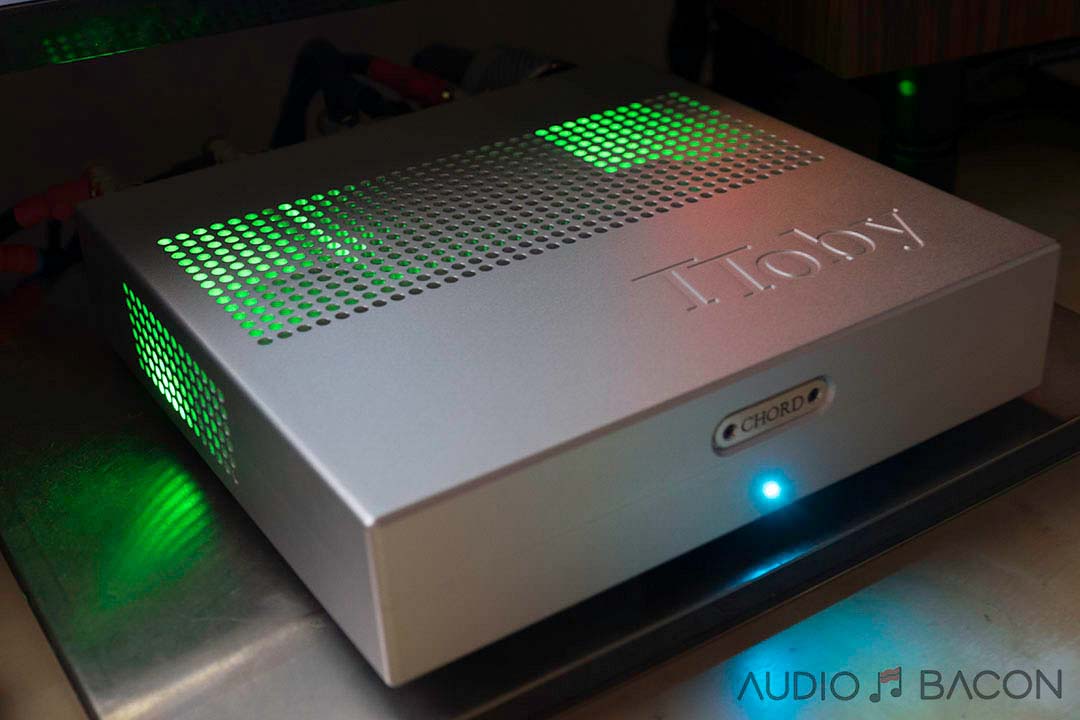
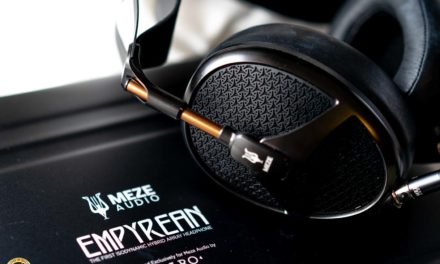

I purchased the Phoenix a few months ago. I’d say it improved the performance by several hundred [maybe 500] percent.
In terms of servers/renderers, I progressed from the Antipodes DX2 with Squeezebox to the DX3 with Roon, to the CX/EX w/Roon.
On the CX/EX I’d say there was a 50% improvement over the DX3 and prior upgrades were in the 20-25% scale.
The Phoenix finally made my high-end system enjoyable to just listen to. Great review Jay.
Through the review, I learned that that better USB cable should front-end the Phoenix. I had it the other way around with a WireWorld Platinum Starlight 8 USB to the input and a newly acquired Tellurium TQ Silver Diamond USB out of the Phoenix.
Putting the Tellurium before the Phoenix, the system really calmed down and became much more refined.
Glad that worked out!
I found that out too. I had it the other way around and when I changed them out, marked improvement. And it was already fantastic! So glad I bought the Phoenix for my Zenith Mk lll.
I have an Uptone EtherRegen between the Antipodes CX server and EX renderer with the Antipodes -supplied reference Ethernet cable out of the EtherRegen and a Supra Ethernet cable preceding it.
Inspired by my experience placing the better USB cable [Tellurium TQ Silver Diamond] BEFORE the Phoenix USB Regen, I did the cable swap on the EtherRegen and it sounds better. I found very positive comments on the JCAT Ethernet Signature Gold cable over the supplied Antipodes Ethernet cable between CX & EX so I bought a pair. Also ordered a second Tellurium TQ Diamond USB cable to replace the WireWorld Platinum Starlight 7 USB which [in my setup] has unrefined treble. Thank you again for the value-add in your comprehensive reviews Jay.
Yeah, I was taken aback at how much the improvement actually was. As with you, the system is just substantially more enjoyable with the Phoenix. Definitely wasn’t planning on spending more money. Oh well. 🙂
Great review Jay!
Just a question, I use Chord Hugo M-Scaler+Hugo TT2 ( With Paul Hynes SR7 Turbo PS) both Hugo reclock the input signal, so I wonder if the addition of the Phoenix is worth in this case.
Thanks!
I used the TT2 + HMS for this review. And yes, it’s worth it. Still night & day. If the HMS gets fed a bad USB signal, it won’t fix that.
Great review. I have a Phoenix on the way. I wonder if the same comment could apply to using the Phoenix with the Dave. I recall one of your articles where it was asked whether the Dave was immune to source.
To my ears, Dave is improved with the Phoenix as well.
Great review, as always. My thoughts on this are that it shows that USB is seriously flawed if you need such an expensive device to “fix” it. Is it an argument for avoiding USB and going with “tried and trusted” SPDIF, for instance? And then put the money saved into other gear? However, if USB is the future of digital audio, then at least devices like this means it will sound good.
Some higher-end consumer motherboards now have “USB DAC UP” ports” that are supposedly separately powered and have lower noise. I’ve yet to try it. Comparing an optical from a laptop vs. the usb + phoenix…the usb + phoenix still sounded significantly better. Haven’t tried coax.
Hi Jay,
Enjoyed your review, probably the most informative so far. If possible, would love to hear how the Phoenix compares to the Antipodes S20 and Playback Designs Stream IF.
Mike
Do give the Sablon 2020 USB cable a try when you can.
Hi Jay, thanks for your insightful review. Having Zenith Mk3 and Hugo TT2 myself, I wonder where I would have more sound-bang for the incremental-upgrading buck: adding the Phoenix or the MScaler, as soundstage / timbre / micro-dynamics benefits appear comparable? Thanks for replying.
Hi Jay, great review. Having Zenith Mk3 and Hugo TT2 myself, which upgrade would you prioritize: Phoenix or HMS, given by the sound of it comparable improvements in sound stage, timbre, and micro dynamics? Thanks, and keep up the good work 🙂
hmmmmm, the TT2 sounds MUCH better with the HMS. And the fact you could hook up your PC and other devices to it…
If you’re not playing super hi-res stuff, I would get the HMS and hook up an optical cable. If you are…then the Phoenix makes a huge difference for a USB DAC.
Sounds like a great product. I use an Isoregen with an LPS that outputs to a WEISS 204 also with LPS that then feeds the dac via BNC. A massive difference over the Metrum Adagio USB input. Two questions come to mind – first is whether a top high end dac will benefit and second whether anyone has had experience with the Ideon Master of Time. A few reviews suggest that this is even better as a reclocker.
Hi jay,
Any chance to do a comparison between the SOtM tX-USBultra, Innuos Phoenix and the new Ideon Audio – 3R Master Time ?
I have the SOtM tX-USBultra and I was wondering if the Ideon Audio – 3R Master Time will be great upgrade.
Thank You
Hm, I’ll have to get the 3R Master Time in for review.
Definitely !
3R Master Time Vs Innuos Phoenix USB Vs tx-USBultra .
Steven Plaskin from audiostream.com said the exact opposite opinion about which is the more critical USB Cable.
“I tried a number of different USB cables but settled on the AudioQuest Diamond and Wireworld Wireworld Platinum Starlight 7 USB 2.0 cables. My evaluations found that the critical USB cable was the one used from the tx-USBultra Regenerator to my Ayre DAC. The USB cable between the sMS-200 and the tx-USBultra was found to be less critical to the overall sound.”
Interesting…
I think this was the case for the tX…but not the Phoenix.
It was the SOtM tX-USBultra indeed. So it doesn’t apply to the SOtM tX-USBultra ?
Would the SOTM tx-Ultra SE plus iso region equal a more similar result to the phoenix?
The iso regaon is tonally fuller and more relaxed than the SOTM…
I think a more fair comparison of the usb-tx ultra SE to the Phoenix would be to put a Paul Hynes SR-7 Turbo LPS as it’s power source. This model substantially outperforms the SR-4. The cost of the SR-7T LPS plus the SOTM piece is still LESS than the Phoenix alone- and I feel it is only fair to maximize the potential of the SOTM unit as much as possible so long as the price remains in the same range as the Phoenix when making the comparison.
I am using ifi iusb3.0 reclocker. Do i get any benefit if addon a pheonix into my setup. My current setup is laptop aq usb cable to ifi iusb3.0, iusb3.0 to my khadas tone board dac, then rca to my preamp.
Great review.
My Phoenix arrived yesterday. I was pretty tired after work last night (having taken my son out shopping for ski boots, shopping for and cooking dinner, etc) so wasn’t motivated to unbox and plug it in. Just before bedtime I thought the least I can do is to make the effort to plug it in and let it warm up overnight so that it was ready to go this evening. Having done that I thought I’d have a quick listen. 1.5 hrs later I was still listening. From the first minute of listening I could tell that the Phoenix was having a huge effect on my system (Zenith mk3, MScaler, Dave) for the better. I’d read all the reviews available online (including yours) and it does everything they say this unit does, but the one thing that stood out for me was the improvement in the timing. It had my feet tapping along to the music which for me is one of the major things that separates sound from music. Previously I’d been listening to my digital setup and thinking this sounds really nice but I didn’t quite feel the level of engagement that I felt I should. For me, by adding the Phoenix the engagement was there and sound became real music. PRat rules! Highly recommended!
Just another comment on cables. The supplied cable is not bad at all. I had it between the Phoenix and the DAC and replaced it with an Audioquest Coffee. OK not as expensive as the ones you tested but a not bad cable. The Coffee was warmer, richer and boomier I thought that the stock cable. However it gave up a bit in detail and stereo separation. My ears prefer the latter hence I reverted to stock. I have a Curious USB cable from Zentih Mk3 to Phoenix
Does this product eliminate jitter and distortion that is so prevent in USB signals coming from a computer?